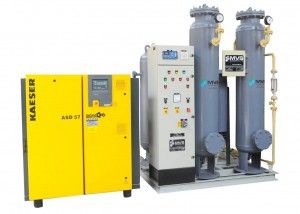What are the different types of Hospital Beds?
Hospital
beds are the most important part of the hospital furniture and there are
different types of beds that are used in a medical facility. The type of bed
basically depends upon the ailment a patient is suffering as well purpose of
the treatment. The ones you witness while visiting at the hospital is not the
only one that is used throughout the facility. Here are some commonly used beds
in the medical world:
1. Gatch Bed
These beds
are mostly found in nursing homes and older and/or remote areas that are
economically-challenged that utilize these beds because of their lack of need
for electricity
2. Electric Bed
Electric bed
is the basic modern types which are mostly seen in the city hospitals or major
town hospitals. It usually has the options of lowering and raising the bed which
is done through buttons set on the side rails.
3. Stretchers
The beds you
must have noticed in the emergency room unit are called stretchers. They are
designed for mobility so that the patients can be easily transferred from house
to ambulance to the operating room to the ER unit because of special features,
such as folding legs.
4. Low beds
The Low beds
are specifically designed by the hospital
bed manufacturers for those patients who are liable to fall off beds and
cause injury, despite the restraint of the side rails. The height of such beds
a set from about eight inches to less than two feet off the ground at the
highest setting.
5. Low air loss bed
These beds
have special cushions and a system designed to blow air into sacs within the
mattress. They are specially designed for burn patients and patients with skin
grafts by keeping them cool and dry.
6. Circo-electric bed
This kind of
beds enables can be rotated inside circular bars that look like a giant hamster
treadmill. These beds used for patients in traction and severe skin conditions.
7. Clinitron bed
This one is bit similar to both the low air loss bed as
well as the circo-electric bed and it is designed for patients with pressure
ulcers, flaps, grafts, burns or skin disorders.



Comments
Post a Comment